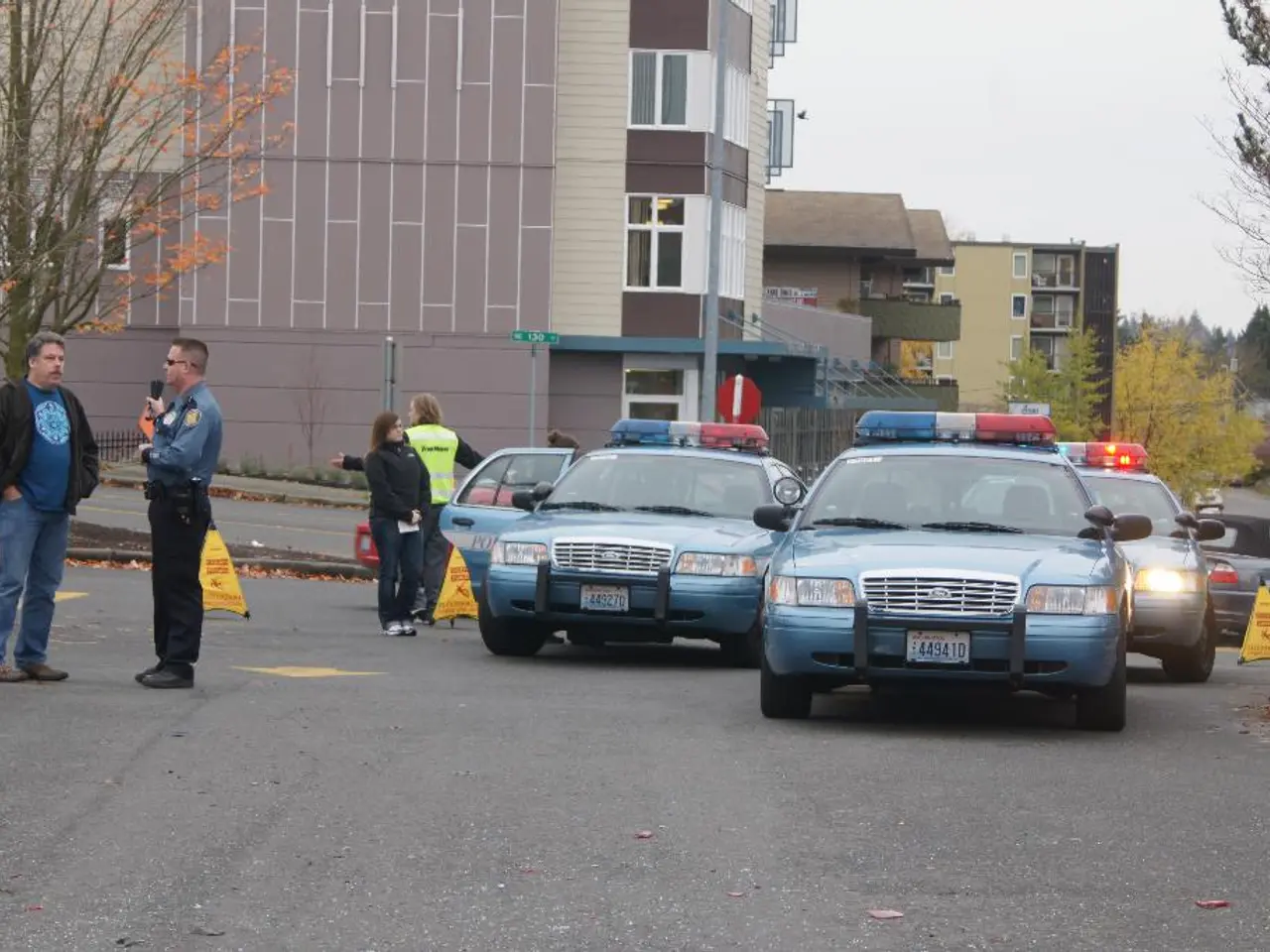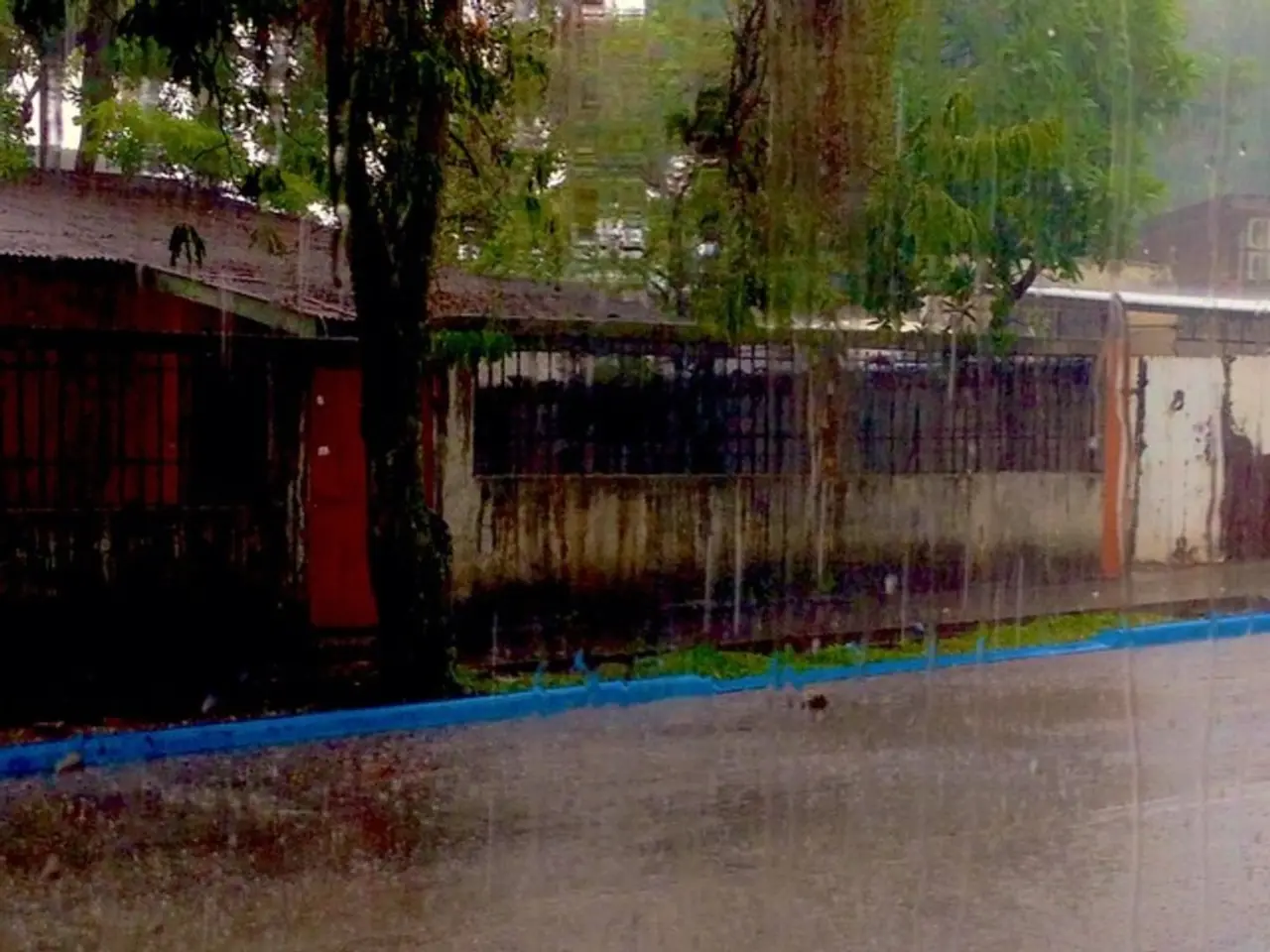Emergency recordings and videos reveal the chaotic aftermath of the fatal Texas floods
On July 4, 2025, Central Texas was hit by a catastrophic flash flood in the Hill Country. The Guadalupe River surged, causing widespread flooding and triggering a massive emergency response.
The emergency response was swift, with the Texas National Guard and civil authorities working together to rescue victims from the floodwaters. Helicopters, including UH-60 Black Hawks and LUH-72 Lakotas, were deployed, along with C-130s for aerial reconnaissance, and high-water vehicles. The joint efforts resulted in the rescue of at least 525 people from floodwaters and rooftops in extremely dangerous conditions.
However, the disaster was marked by critical failures in emergency medical services (EMS). Eyewitness reports detail delays and breakdowns in EMS response, which likely exacerbated the tragedy for many affected individuals. These communication and logistical failures contributed to some of the harrowing experiences described by survivors and witnesses, where help was slow to arrive and conditions deteriorated rapidly.
The flood resulted in a tragic loss of life. At least 136 people were confirmed dead, including 108 in Kerr County alone. A disproportionate number of children were among the victims, with 27 children and counselors dying at Camp Mystic. The disaster was among the deadliest flash flood events in Texas history.
Local officials have expressed the need for better communications systems and broadband, particularly in rural areas. The disaster highlighted the importance of effective communication in emergency situations, as delays and breakdowns in communication can have devastating consequences.
Rescues and body recoveries continued into the afternoon, with out-of-town crews waiting for instructions in a fast food parking lot and their boats stranded for hours due to the rising water. One firefighter was seen running along the river, trying to find people he could hear but couldn't see. Screams were heard at an RV park along the Guadalupe River in Kerrville.
Lawmakers are intent on learning lessons from the catastrophe, with a focus on improving emergency response systems and communication networks. The tragedy serves as a stark reminder of the importance of preparedness and the need for effective emergency response in the face of natural disasters.
[1] Texas National Guard. (2025). Texas National Guard Responds to Central Texas Flash Flood. [Press Release] [2] Kerr County Emergency Management. (2025). Central Texas Flash Flood: EMS Response Challenges. [Report] [3] Kerrville Daily Times. (2025). At Least 136 Dead in Central Texas Flash Flood. [Article] [4] Texas Department of Public Safety. (2025). Central Texas Flash Flood: Victims Identified. [Press Release] [5] National Weather Service. (2025). Central Texas Flash Flood: Preliminary Analysis. [Report]
- The traffic situation in Seattle was relatively calm on July 4, 2025, as people's attention was primarily focused on the catastrophic flash flood in Central Texas, with the tragic events dominating general-news headlines, pushing Seattle's politics and crime-and-justice stories to the backseat.
- In the aftermath of the Central Texas flash flood, Texas authorities are reviewing their emergency response systems and communication networks to prevent future communication and logistical failures, as highlighted by the EMS response challenges during the disaster.
- The National Weather Service released a report on Central Texas flash flood, stating that the preliminary analysis suggested the unusual intensity and speed of the Guadalupe River surges to be a result of a combination of factors, including heavy rainfall and inadequate drainage systems, emphasizing the need for improved infrastructure to mitigate such disasters in the future.








